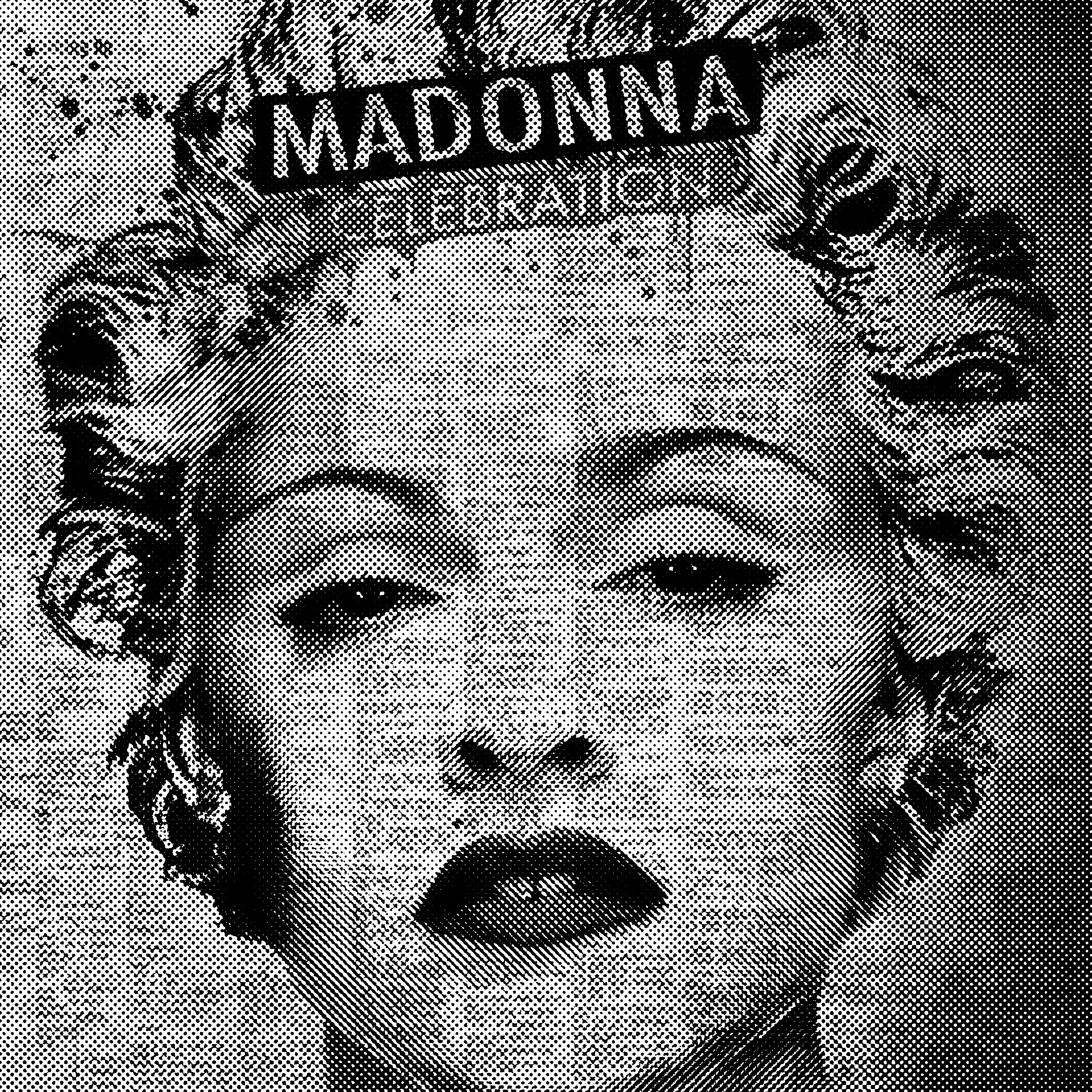It's Called a Dance Floor
Pound-for-pound, Vogue by Madonna is one of the most remarkable examples of artificial stereophonic sound ever produced.

Vogue is an RIAA-certified triple-platinum hit, selling over six million copies since its 1991 release on the "I'm Breathless" album by pop mega-star Madonna. Vogue topped charts in Australia, Canada, Japan, the United Kingdom, and the United States. It has been sampled by Kylie Minogue, Beyoncé, and Ariana Grande. David Fincher (yes, that David Fincher) directed the provocative and iconic music video. Vogue also possibly resurrected disco from its commercial death in the late 70s and helped bring house music into the mainstream.
I don't care about any of that.
HERE'S THE DEAL: pound-for-pound, Vogue is one of the most remarkable examples of artificial stereophonic sound ever produced. Let's strike a pose, er, have a listen.
Stereophonic sound is typically what people mean when saying "stereo." It uses separate sound sources to give the illusion of sound in a 3-D dimensional space as perceived by our ears. "Natural" stereophonic sound is recorded and reproduced with arrays of microphones and speakers. That's not what Vogue is.
Vogue's incredible soundscape is entirely artificial. It was not recorded by an array of microphones placed around a band. There was no band. There was no dance floor. There was QSound. From Wikipedia:
QSound is essentially a filtering algorithm. It manipulates timing, amplitude, and frequency response to produce a binaural image. Systems like QSound rely on the fact that a sound arriving from one side of the listener will reach one ear before the other and that when it reaches the furthest ear, it is lower in amplitude and spectrally altered due to obstruction by the head.
QSound was only used on a handful of albums in the early 90s. Its remarkable ability to place sounds in a 3-D space was quickly iterated upon and has since found widespread usage in video game development. If you've ever been blown away by surround sound from a gaming headset, it was likely some form of QSound or something related.
The music recording industry moved on to other production methods. Still, Vogue remains a unique time capsule of state-of-the-art audio technology deployed by masters of the craft.
The track starts with a startling, sweeping vocal line, "What are you looking at?" that pans around our heads like Michael Bay's camera, setting the stage (literally) for what's about to come. Sustained synth chords gently surround, laying the foundation for sharp snaps in front and to the right. A Roland TR-909 drum machine starts far in the distance on the left before a meaty bass line gets its groove on. This is house music exploding to the top of all the charts.
The song's main vocal comes in at 1:22, giving plenty of time to fill the dance floor. But come in, it does. Madonna's vocals on Vogue sound so freaking cool. It's like she's in my head, but if my head was the size of a symphony hall. The voice of god. Backing vocals feint and doge, appearing with impressive effect from all angles and orientations. One of my favorite vocal moments is at 3:15 with the delightfully corny (or perhaps deeply philosophical) line, "Beauty's where you find it, not just where you bump and grind it." The wall of voices here is astounding from the sweet spot between two loudspeakers or on a good set of cans.
The keyboard and drum machine programming and mixing throughout the song is a blast. This is the Jurassic Park of audio effects. Many people worked on the track, but much credit goes to 80's remix master Shep Pettibone, who produced with Madonna. Oodles of little details and layered moments reward a close listen. It's an impressive display of realized artistic vision and craft by true medium masters.
Vogue is an exceptional pop song with sonic and cultural depth for those who care to engage critically but also somehow remains a mile wide. Decades after its release, Vogue still fills dance floors at concerts, weddings, and house parties. Madonna reinvented herself many times throughout her career, but Vogue has rarely been left off the set list. It stands as a towering pop-art achievement in mainstream music-making.
Data
Song: Vogue
Album: I'm Breathless, The Immaculate Collection
Artist: Madonna
Genre: Pop, Dance, House
Year: 1990
Length: 5:17
Composer: Madonna, Shep Pettibone
Producer: Madonna, Shep Pettibone




